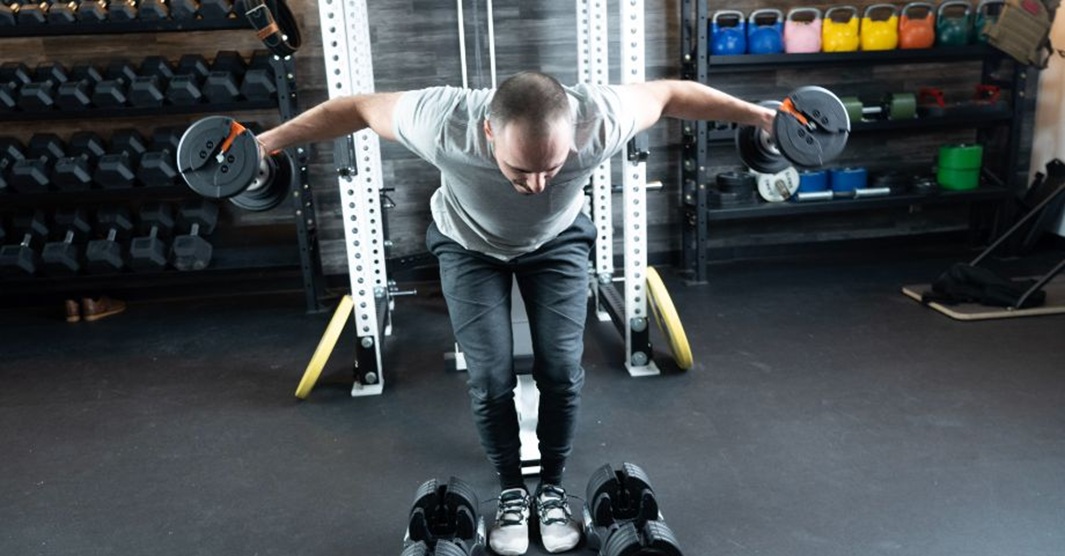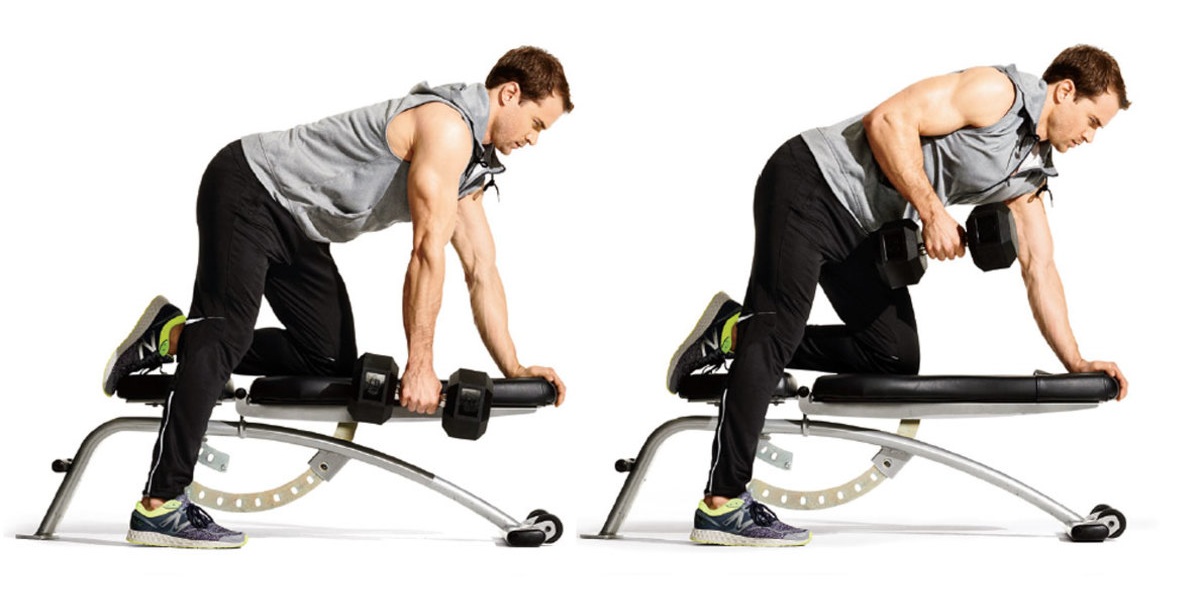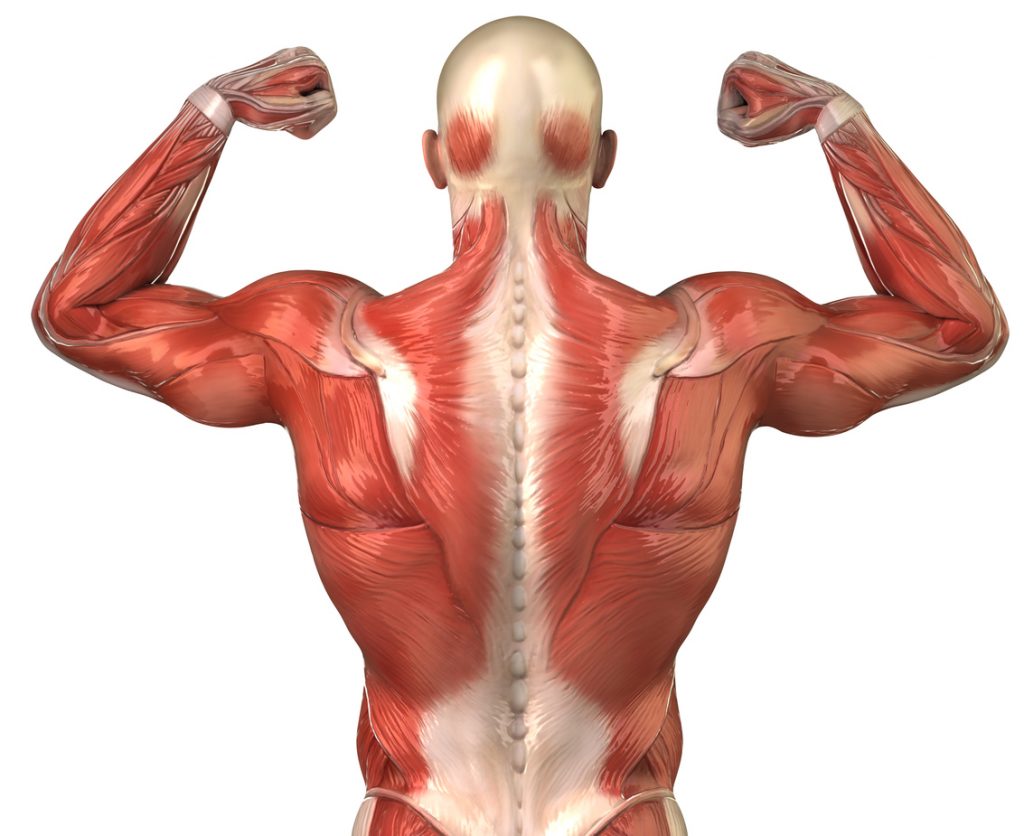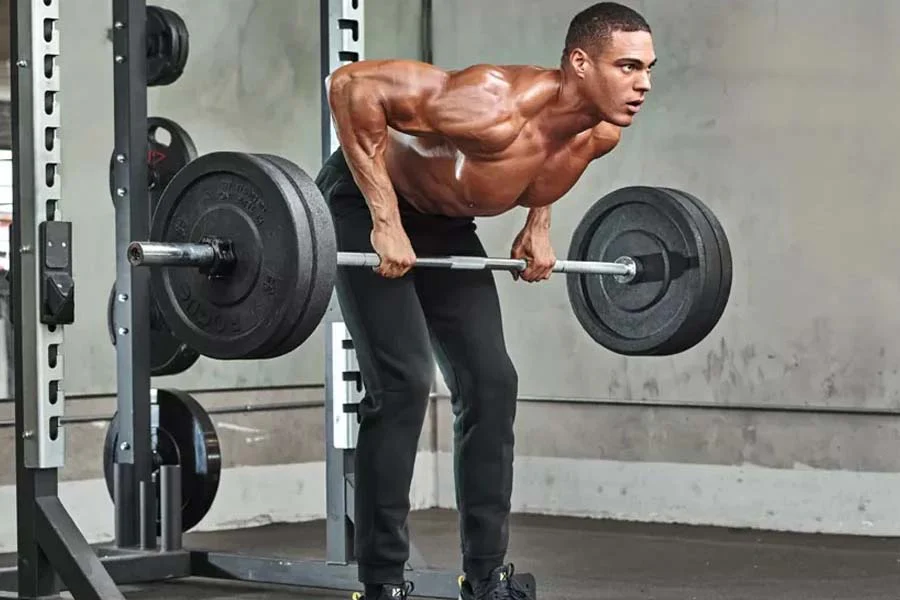The Best Back Workout for Beginners: Form, Progression, and Safety
Building a strong, muscular back doesn’t just happen by accident—and it definitely doesn’t happen overnight.
For beginners, back training can be confusing: dozens of exercises, multiple muscle groups, complex form, and zero visibility in the mirror.
But here’s the truth: your back is the foundation of your strength, posture, and physique. Whether you want to build muscle, prevent injury, or simply look athletic, training your back correctly from day one is essential.
In this guide, we’ll walk you through:
- How to structure an effective back workout for beginners
- The back muscles you need to target
- The safest, most effective exercises to start with
- Progression tips to avoid plateaus
- Common mistakes beginners must avoid
Why Train Your Back?
A well-trained back provides more than just visual appeal. It plays a major role in:
✅ Posture and Joint Health
Strong lats, traps, and rhomboids pull your shoulders back, keeping you upright and preventing rounded posture.
✅ Pulling Strength and Function
Pull-ups, rows, and even daily tasks like lifting or carrying rely heavily on back muscles.
✅ Injury Prevention
A weak back = shoulder instability, tight chest, and higher injury risk.
✅ Balanced Aesthetics
If you’re training chest and arms, but ignoring your back, you’ll look flat and disproportionate. A strong back balances the body—front to back, side to side.
Back Muscles to Know (Beginner-Level Breakdown)
Focus on the big 3:
- Lats (latissimus dorsi)
- Located on the sides of your upper back
- Responsible for width and the “V-taper”
- Activated with pulling down or pulling in
- Traps and Rhomboids
- Middle-upper back muscles
- Help pull the shoulder blades together
- Activated in rowing movements and shrugs
- Erector Spinae
- Lower back muscles along the spine
- Keep your back straight and stable
- Activated in bends, extensions, and deadlifts
Beginner Back Workout (2x per week)
This full workout uses machine, cable, and bodyweight-based movements to make learning easier while building a solid strength base.
🏋️♂️ Day A: Basic Back Building
- Lat Pulldown – 3 sets x 10–12 reps
Focus: Lats (width)
Tip: Pull bar to upper chest, not behind the neck. Keep chest up. - Seated Cable Row (Neutral Grip) – 3 sets x 12 reps
Focus: Rhomboids and middle traps
Tip: Don’t lean forward and backward. Pull shoulder blades together. - Dumbbell Row (One Arm on Bench) – 3 sets x 10 reps each side
Focus: Lats and rhomboids
Tip: Keep back flat and pull elbow toward your hip. - Back Extensions or Machine Hyperextensions – 2 sets x 15 reps
Focus: Lower back
Tip: Keep the movement slow and controlled. Don’t overextend.
💪 Day B: Beginner Pulling Strength
- Assisted Pull-Up Machine (or Band Pull-Ups) – 3 sets to failure
Focus: Lats and upper back
Tip: Use a full range of motion. Start light and build strength. - Chest-Supported Machine Row (or Dumbbell Row on Incline Bench) – 3 sets x 12
Focus: Rhomboids and rear delts
Tip: Keep your chest on the pad. Don’t swing the weights. - Straight-Arm Pulldown (Cable) – 3 sets x 15 reps
Focus: Lats (isolation)
Tip: Keep arms straight and pull down in a wide arc. - Face Pulls (Cable or Bands) – 2 sets x 20
Focus: Rear delts, traps, posture
Tip: Pull to your forehead, elbows high. Great for shoulder health.
Key Training Principles for Beginners
✅ Start Light, Learn Form
Don’t rush to lift heavy. Focus on perfecting technique—your back is a complex, often invisible muscle group. You should feel it, not just move the weight.
✅ Train 2 Times Per Week
For beginners, hitting your back twice per week with moderate volume gives the best results. You’ll improve muscle memory, recovery, and neural efficiency.
✅ Use Machines and Cables Early
They’re not just for beginners—but they reduce balance demands, letting you isolate your back muscles more easily when you’re still learning.
✅ Focus on Control and Range of Motion
Use a full stretch and full contraction on every rep. Avoid jerking, bouncing, or rushing.
How to Progress as a Beginner
You won’t need fancy programming. Here’s how to make gains consistently:
Track Your Workouts
Record weights, reps, and how each set felt. Small increases each week = long-term growth.
Increase Reps Before Weight
Once you hit the top of your rep range (e.g., 12 reps for 3 sets), add a small weight bump next time.
Focus on Feeling the Muscle
If you can’t feel your back working, reduce the weight and fix your form. Mind-muscle connection beats ego lifting.
Add More Volume Slowly
Start with 8–10 working sets per session. As your body adapts, build toward 12–16.
Form Tips for Common Back Exercises
🔹 Lat Pulldown
- Sit tall, chest up
- Pull with your elbows, not your hands
- Don’t lean back or jerk the weight
🔹 Seated Row
- Keep your torso upright
- Squeeze shoulder blades together at the top
- Control the negative (eccentric) slowly
🔹 Dumbbell Row
- Keep back flat, not rounded
- Pull to your hip, not your chest
- Don’t twist or rotate the torso
🔹 Straight-Arm Pulldown
- Arms straight, slight bend at elbows
- Pull through the full arc—stretch to squeeze
- Keep abs braced to avoid lower back sway
Mistakes Beginners Make with Back Training
❌ Relying Only on Pull-Ups
Pull-ups are great—but if you can’t do 8+ strict reps, you’re not ready to use them as your main lat builder.
❌ Overtraining the Biceps
If your biceps fatigue first during back day, your form may be too arm-dominant. Focus on pulling with the elbows.
❌ Ignoring the Lower Back
Don’t forget about spinal erectors. A weak lower back limits your potential on deadlifts, squats, and rows.
❌ Training Back Once Per Week
Training once per week isn’t enough for beginners. Muscles grow best when hit 2–3 times weekly with manageable volume.
Beginner-Friendly Training Split (Upper/Lower Example)
Day 1: Upper Body (Push/Pull)
- Lat Pulldown
- Chest Press
- Seated Row
- Overhead Press
- Curls + Triceps Extensions
Day 2: Lower Body
- Goblet Squat
- RDL (Romanian Deadlift)
- Back Extension
- Calf Raise
- Plank
Day 3: Upper Body (Back Emphasis)
- Assisted Pull-Ups
- Dumbbell Row
- Face Pulls
- Incline Dumbbell Press
- Rear Delt Flys
Final Thoughts: Master the Basics, Build the Foundation
Back training doesn’t have to be complicated—but it must be consistent and intentional. As a beginner:
- Focus on mastering pulling mechanics
- Start with machines, cables, and dumbbells
- Train twice a week with 8–12 total sets
- Progress by adding reps, then weight
- Don’t forget your lower back and rear delts
If you build your habits now—tight form, full range, and balanced volume—your back will never lag behind.
🔗 Related Articles in This Series:
- Back Muscle Anatomy Explained
- The 10 Best Exercises for a Wider Back
- Rear Delts Are Holding You Back
- Deadlifts for Back Growth: Do They Really Work?





